Each year, as October and November arrive, the Indo-Pacific enters its season of summitry. The sequence begins with the East Asia Summit (EAS), the key forum bringing together regional and global powers under Asean’s leadership, followed by the APEC Summit and the G20 Summit. This period becomes a diplomatic high point for the region, as it shapes both multilateral cooperation and the strategic balance in the Indo-Pacific.
In 2025, two of these summits, the EAS and APEC, will be held within the Indo-Pacific. Malaysia is the Asean and EAS host, while South Korea will host APEC. Both await the participation of US President Donald Trump, whose presence, while potentially reinvigorating American engagement, also carries the risk of disruption. The Trump administration’s uncertain approach to foreign policy has left hosts cautiously optimistic yet wary about how his attendance might shape the proceedings.
Malaysia’s High-Stakes Diplomacy
Malaysia will host the Asean Summit, the Asean–US Summit, and the East Asia Summit on October 26–27 in Kuala Lumpur. As Asean Chair, it hopes to project the organisation’s continued centrality amid major-power rivalry. The Malaysian leadership views Trump’s participation as a potential diplomatic success and a signal of renewed US attention to Southeast Asia.
However, for Washington, the main event may not be the EAS itself. The US has shown greater interest in attending a peace agreement signing between Cambodia and Thailand, a process Malaysia has helped mediate. The US wants to associate Trump with this deal to project him as a regional peacemaker, with the ceremony expected to be witnessed by Trump, the Malaysian Prime Minister, and the leaders of Cambodia and Thailand.
For the US, this symbolic photo opportunity may become the high point of the visit. Reports indicate that Trump’s stay in Kuala Lumpur will likely be brief, about a day, before he flies to Japan on October 27. If that happens, Malaysia may have to reschedule the EAS to the 26th to ensure Trump’s presence; otherwise, the US could be represented by an official.
Impact Shorts
More ShortsThis pattern is consistent with Trump’s earlier record. During his first term, he skipped several EAS meetings—Laos (2016), Singapore (2018), and Thailand (2019)—and, even when he attended the Philippines summit in 2017, he left before the EAS plenary. The US thus risks repeating a cycle of inconsistent engagement with Asean’s premier forum.
Japan’s Political Transition and Scheduling Challenges
Trump’s next stop. Japan will be the longest leg of his regional tour, scheduled from October 27 to 30. The timing, however, coincides with a leadership transition in Tokyo. Trump reportedly prefers to meet a new leader rather than a caretaker. Meanwhile, Sanae Takaichi has won a historic vote to become Japan’s first female prime minister.
Ideally, the new prime minister would assume office by October 22, possibly attending the Asean and EAS summits to debut on the regional stage. But if the EAS remains on the 27th, the new Japanese leader may skip Kuala Lumpur to be in Tokyo for Trump’s visit. Such a scenario would further lower the level of participation at the EAS, already diminished by the likely absence of the US President.
China, Russia, and the Absent Powers
While the US and Japan juggle their calendars, China and Russia follow predictable patterns. Beijing traditionally sends its premier to the EAS and reserves President Xi Jinping’s participation for APEC. Thus, Li Qiang is expected in Kuala Lumpur, while Xi will attend APEC in South Korea.
Russia, likewise, is unlikely to send President Vladimir Putin. In 2024 Foreign Minister Sergey Lavrov represented him, and this may continue. The result: an EAS without Trump, and possibly without Japan’s new prime minister, will fall short of balanced great-power participation, diminishing Asean’s hopes for a fully representative dialogue.
The Xi–Trump Variable at APEC
The APEC Summit in Gyeongju, South Korea, from October 31 to November 1, is now being viewed through the lens of a potential Trump–Xi meeting. Seoul, hosting both leaders, hopes to use this opportunity to demonstrate its diplomatic relevance. For Trump, securing a meeting with Xi could be the defining goal of his Asia trip.
Yet doubts remain. Early reports suggest Trump may only attend the APEC Business Forum, hold a few bilateral meetings, and then depart before the formal summit begins. This mirrors his previous approach—prioritising optics over multilateral engagement—and could again raise questions about US reliability as a long-term Indo-Pacific partner.
The Indo-Pacific’s Diplomatic Dilemma
This year’s summit calendar highlights the contradictions of US engagement under Trump. On one hand, his visit signals renewed attention to the Indo-Pacific after years of perceived neglect. On the other hand, the US approach, marked by shifting schedules and bilateral preferences, undermines the plurilateral spirit that Asean, APEC, and other regional institutions seek to preserve.
For Malaysia and South Korea, this poses an organisational challenge: how to accommodate the demands of a mercurial US President while ensuring that summit agendas on trade, digital cooperation, sustainability, and regional stability remain on track.
Does the Indo-Pacific truly benefit from such episodic US attention? Many regional observers would rather see consistent participation by the Secretary of State or Vice President than an unpredictable presidential cameo. Indeed, in recent years, the US was represented by Vice President Kamala Harris (2023) and the Secretary of State (2024) at the EAS—both ensuring steady, if quieter, engagement. In fact, Biden only attended the EAS in 2022.
Still, the symbolism of a presidential visit carries weight. Given that the next G20 Summit in South Africa may not see Trump’s attendance, despite the US assuming the G20 presidency afterward, the Indo-Pacific could be the only region to receive direct presidential attention this year.
That, ultimately, is the paradox of Trump’s Indo-Pacific diplomacy: his presence is unpredictable, his absence consequential, and his impact uncertain.
The writer is a former ambassador to Germany, Indonesia, Ethiopia, Asean, and the African Union, and the author of ‘The Mango Flavour: India & Asean After 10 Years of the AEP’. The views expressed in the above piece are personal and solely those of the author. They do not necessarily reflect the views of Firstpost.


)
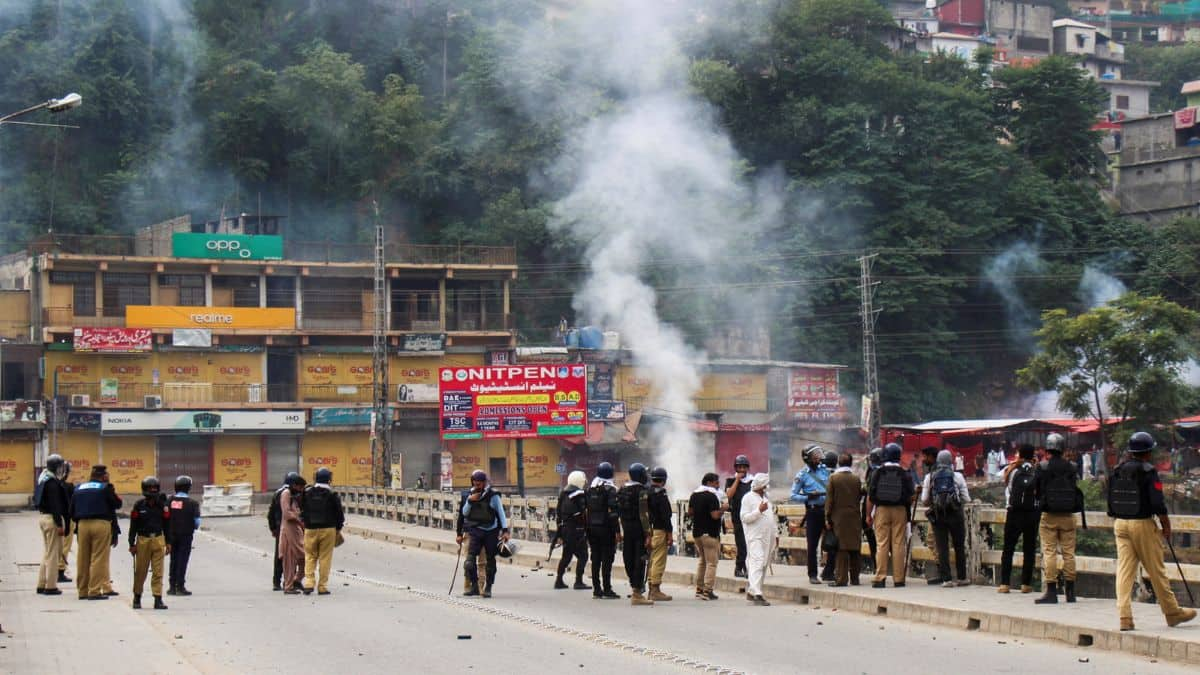
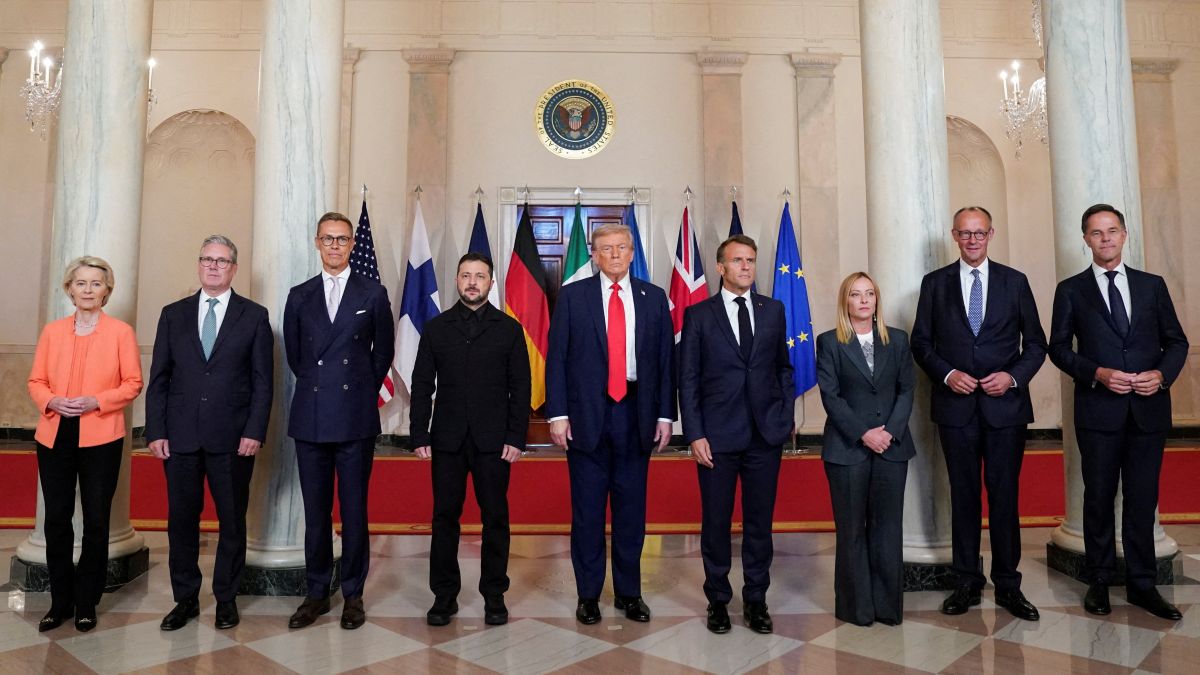)
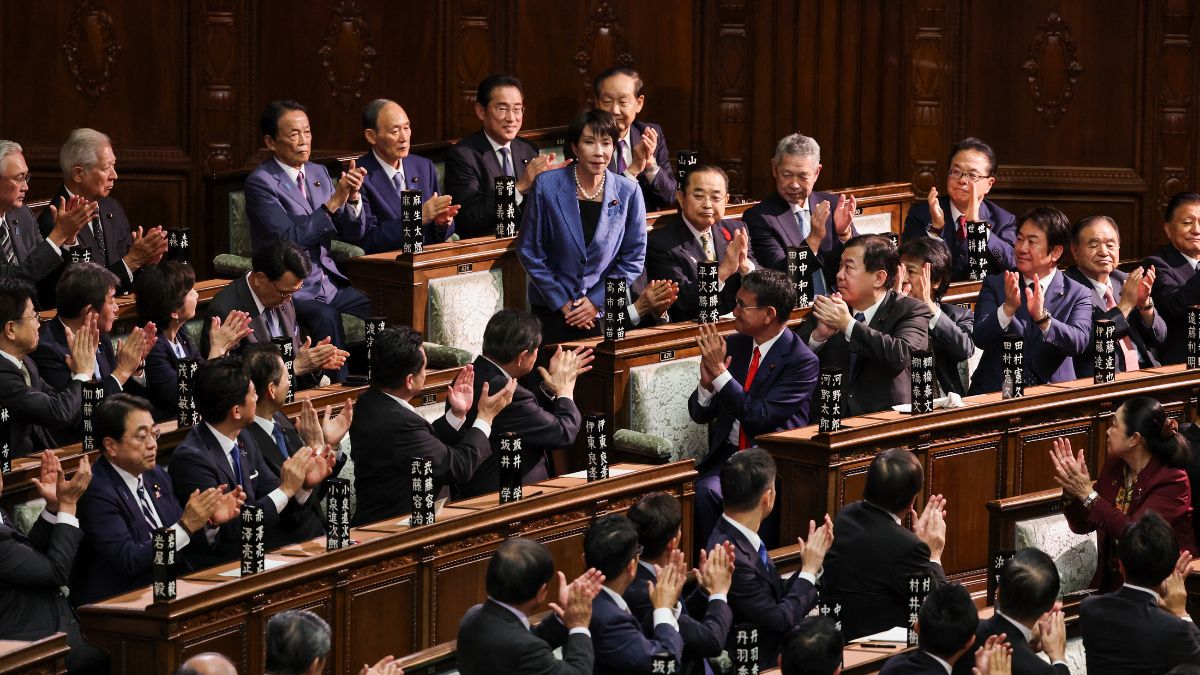)
)
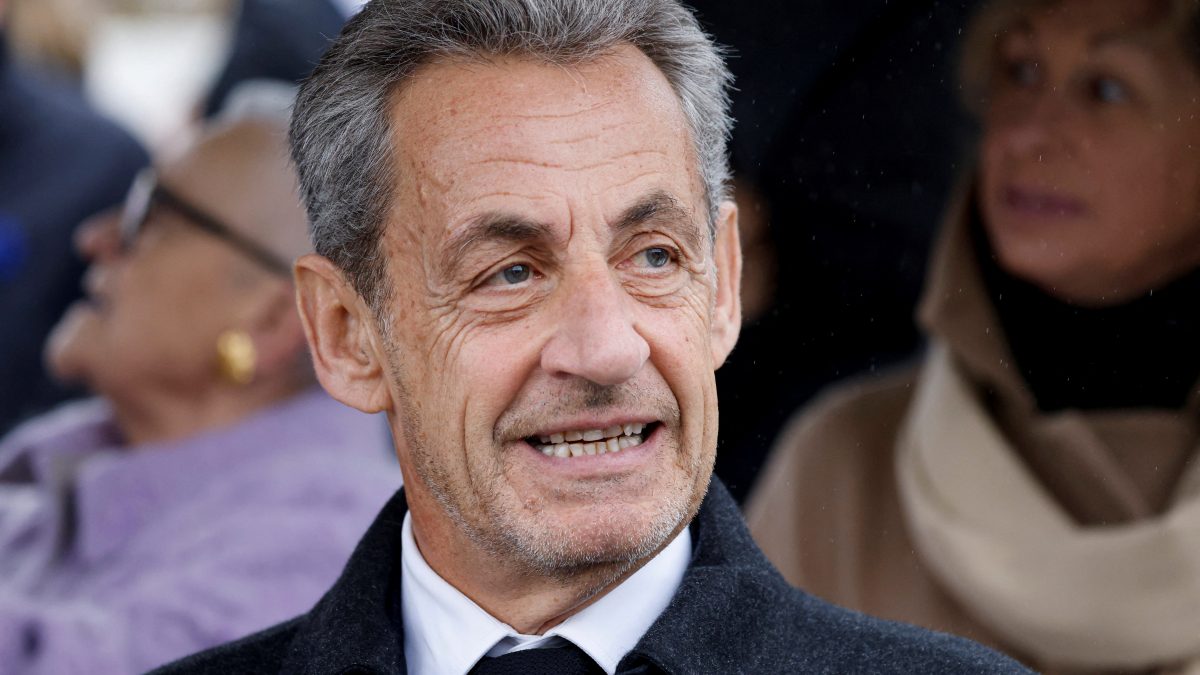)
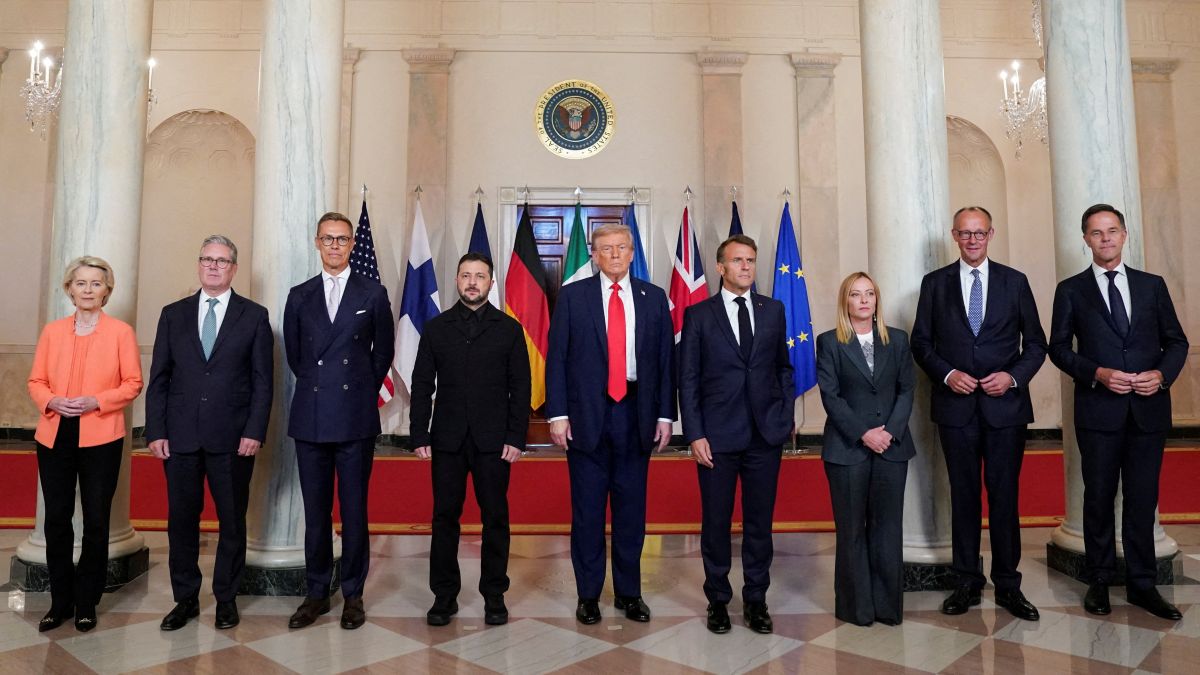)
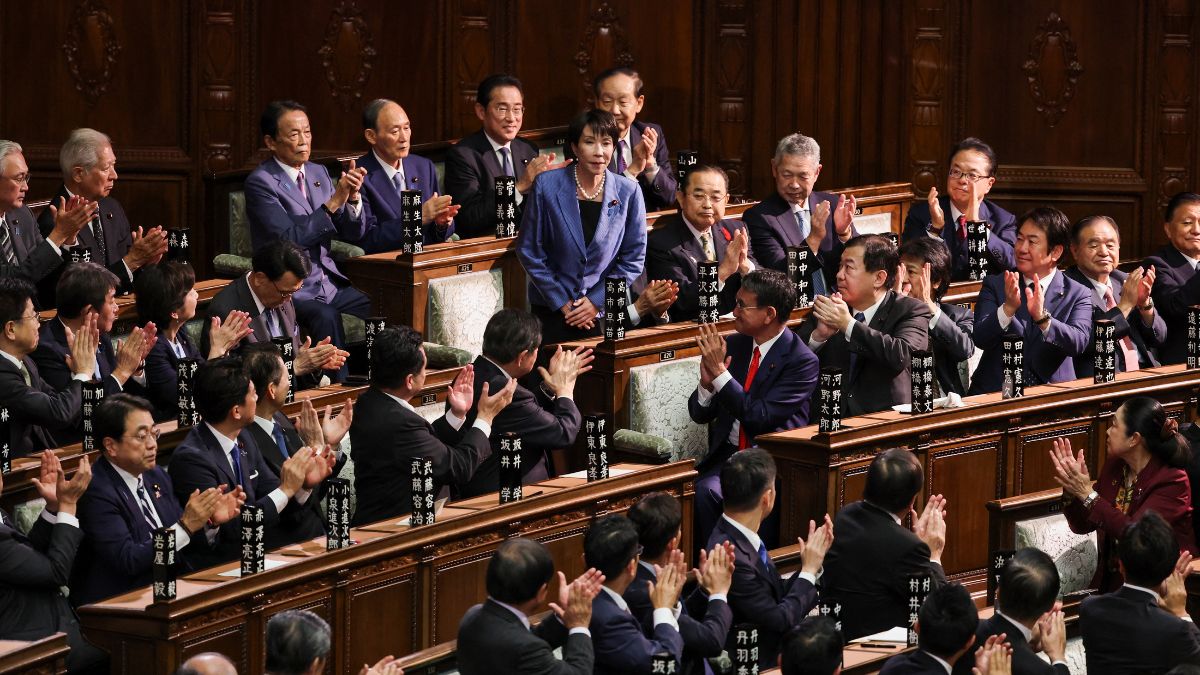)
)
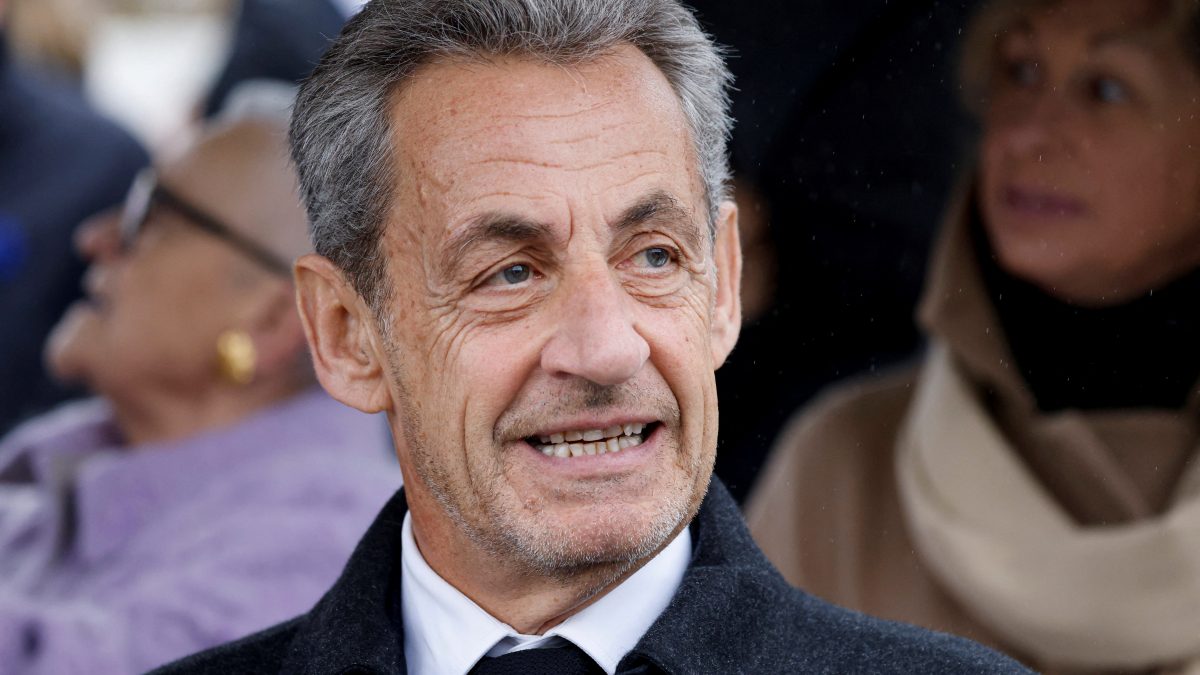)



